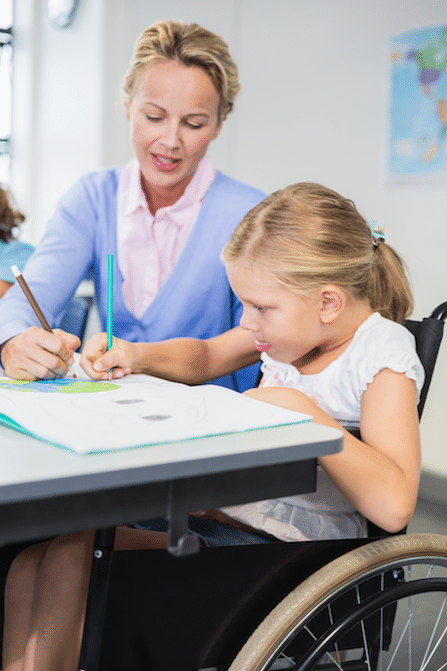
You may have heard about the importance of building a classroom culture. In fact, many professionals agree that creating a classroom culture is one of the most important things that an educator can do. The classroom culture should involve a positive and safe environment where students are encouraged to be engaged, participate, offer ideas, and take risks. So what can you do to create this type of atmosphere in your classroom? Try some of these tips to get you started.
Befriend Your Students
Although you are the adult and an educator first and foremost, it’s important to befriend your students. Know their names. Get to know what they like. Learn about their families. Above all else, listen to them. Show them respect and talk to them as equals.
Be Fair and Consistent
At the start of the year, discuss the classroom rules with your students and the reasons behind each rule. Display the rules somewhere students can see them throughout the year. Then, be sure to be fair and consistent. Don’t let students catch you enforcing the rule on one student while letting others slide by without any consequences. It might not seem like much, but it will harm the connections that you have with your students.
Provide Choices
Planning lessons that allow students to make choices can be difficult and time-consuming. However, providing choices allows students to take responsibility and ownership in their education. It also shows your students that you trust them. For example, allow students to pick books for their book report or have several worksheets that students can pick from for an assignment.
Seek Student Feedback
How effective and/or enjoyable are your lessons? Are students understanding what you’re teaching them? Find out the answers to these questions and more by seeking student feedback. Have students write on an exit slip. You could also have them close their eyes and rate you and/or their understanding for the day’s lesson. Students will appreciate the fact that you care about their input and want to improve in order to better meet their needs.
Encourage Questions
Many teachers fall into the trap of asking “does anyone have any questions?” or something similar. Rather than asking this question, assume that every student has a question about the material that you just covered. You could rephrase the question to something like “what questions do you have?” By doing this, you create a safe environment where students feel comfortable asking questions.
Focus on the Process
If you ask “what’s the right answer?” or “who has the right answer?” you may find that the same students will respond each time. To get more participation, try asking about the thought process instead. Ask “who can tell us their thought process?” Delivering the right answer might be intimidating for students. However, discussing the process that they took to get to the answer is less daunting. As an added bonus, other students will learn from hearing about the process.
Create Traditions
Think about some of the things that you remember from school. Did your teacher have a particular way to start class? Were there activities that you enjoyed? How did your class celebrate birthdays? Create traditions in your classroom that your students can depend on. You could be as simple as High Five Friday, Yoga Mondays, or a Good News Minute at the start of class.
For more ideas of how you can create a positive classroom culture, speak to some of the experienced teachers that you respect and admire. Gather all of these ideas and find ways to create a positive environment for your students.





Leave a Reply